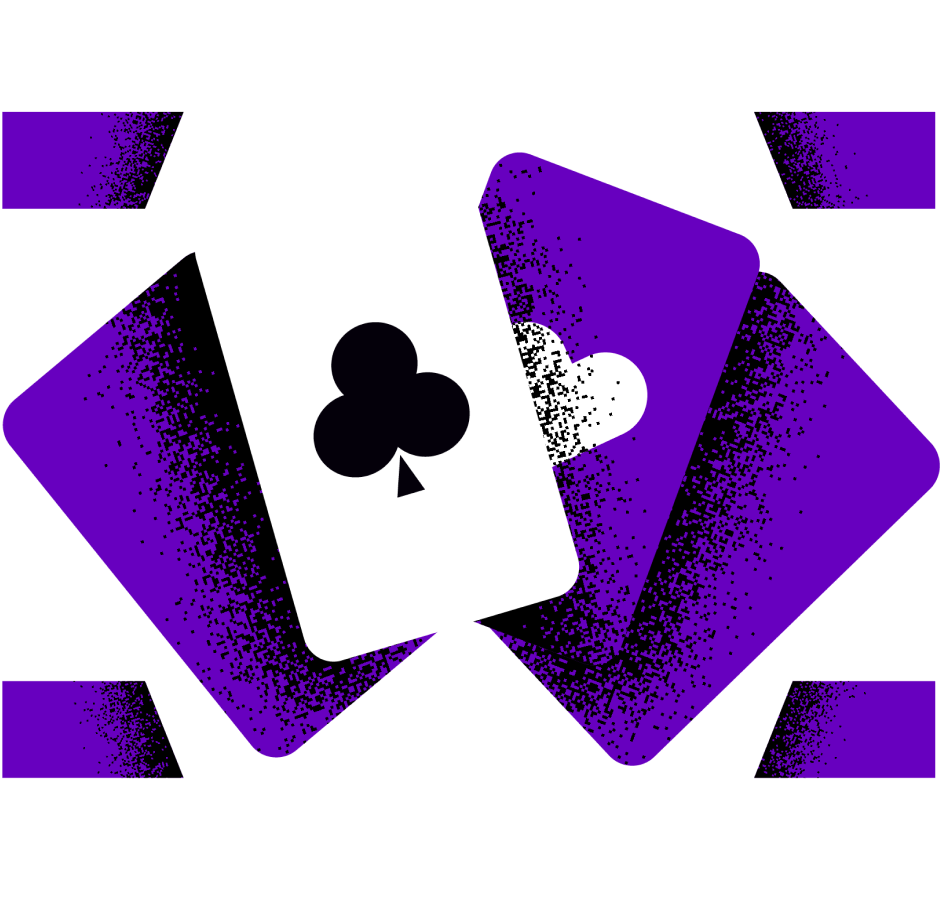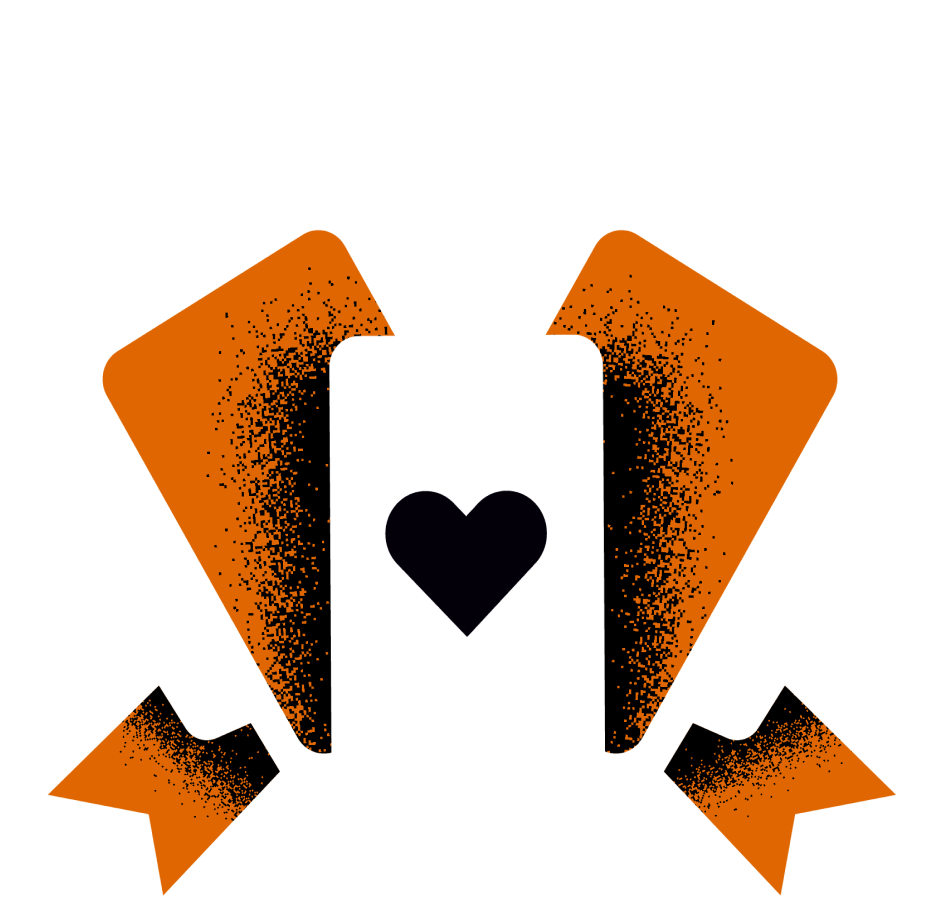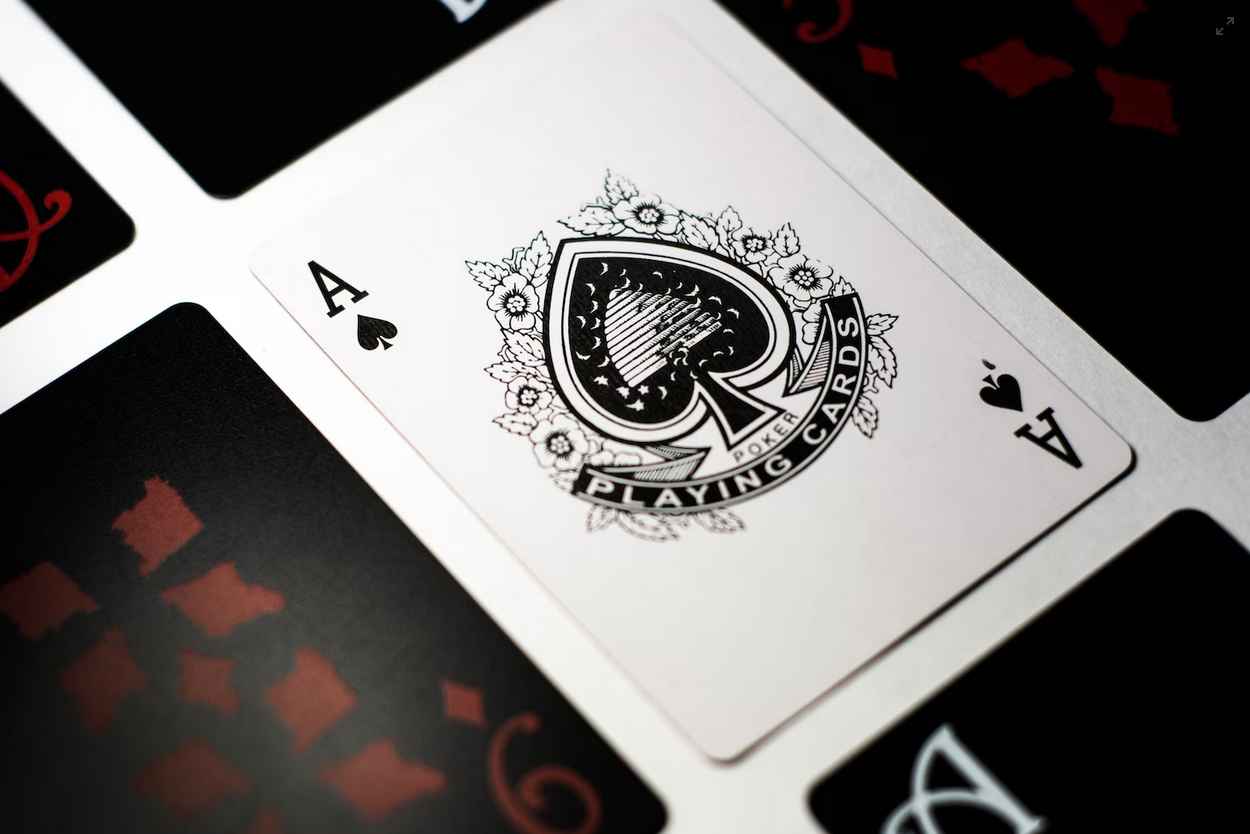
Don’t Rush into the Game! Read Guide How to Play Poker for Beginners
Lessons Before You Hit Tables – Guide on How to Play Poker for Beginners
Everyone thinks learning how to play poker is easy. It is true, to some extent. Poker rules are simple. After some practice, you know the difference between poker variants and basic poker rules. However, the game itself is different. So the answer to the question if learning poker is difficult depends on whom you ask. Professionals might tell you it’s a strategy, and the fans might say poker is exciting. But when you genuinely look at it, it’s a complex game requiring strategy, skill, knowledge, luck, and steady nerves.Here we will discuss some of the tips on how to play poker by giving you an overview of what the game is all about. It will show you how to employ these points to improve your skills in no time!

The Fundamental Steps All Poker Beginners Need to Take
Poker is played all around the world, but it is still an alien game to a lot of people. We all have a reason why we play poker. Different reasons appeal to different people. Some enjoy the thrill of high-risk poker games, others like the mindset and strategy, and some want to be a part of it!
However, playing poker for the first time can be fun. But you must understand how to play poker. There are a lot of rules, poker terminology, and etiquette you should know before you make your first bet. Many make hasty decisions, saying “I’ve got this.” Unfortunately, those people are usually gone from the table pretty quickly. Why? Because they underestimate the power of the opponent’s hand.
Most people will tell you that poker takes about a few minutes to learn, but it takes a lifetime to master it. Why? It is because you can learn the rules, but it takes time to build skill and use it in a real poker game.
You start with basic poker rules for beginners, and as you continue to play you notice the tiny things other players use in their strategy. It can be anything from the table talk to folding their hands which they think do not stand a chance. But for now, let’s start with the most critical steps you need to remember about poker.
#1. Learn Poker Hand Ranking Order
A poker hand is a specific combination of hole cards and community cards formed by a player at a table. Each poker hand has its ranking order based on the value of the cards used to make up a hand. Hence, it’s the number one rule in poker to know which hand wins in a game of poker. Or should we say what beats what in poker? So naturally, your goal is to aim for the best hand. You will find the rankings, and poker hand list below.
#2. Managing Poker Bankroll
When you first start playing poker, it can be tempting to gamble with money that you don’t have. But if you do this, you may lose more than you can afford. Every poker player needs to understand the concept of bankroll management. The best poker players are adept at managing their money well. Only gamble with what you can afford to lose. This means choosing your buy-ins carefully and your types of poker games. For example, professionals use a minimum bankroll of 30 buy-ins for no-limit games.
#3. Playing Only Strong Hands in Poker
To be a winning poker player, you must know the difference between playable and unplayable hands. More often than not, it means playing with only good starting hands. But what exactly does that mean? It depends on the specific game, the actions taken by your opponents, and your intuition. If you’re going to play more than one hand out of every five, make sure that all your hands are as strong as possible.
#4. Poker Seating Positions Matter
In poker, a seat is a seat. Wrong. In fact, where you sit is important. It’s called “position,” and it’s just as crucial as a location in real estate. In poker games, your position dictates how much information you have going into each hand—which can make all the difference between winning and losing. The early players are those seated left of the dealers button. The round starts and ends with them. In poker, the best positions are usually last to act post-flop because they get to see what everybody else is doing before they act!
#5. Choose Preflop Strategy Wisely
The poker player seated immediately to the left of the big blind initiates the pre-flop action. The play continues clockwise around the table, with the big blind being last to act. Each poker player can fold, call, or raise during the pre-flop game session. The betting round ends when all players have acted, and the poker pot has been seeded.
#6. Consider Postflop Game Plan
Once the flop has been dealt the first three community cards, players may check, call, bet, raise, or fold. Your decision is based on the strength of your starting hand and your position at the table.
#7. Post-turn Poker Action
After the flop, you’ll have an opportunity to bet again. This is called the turn. It’s the fourth community card dealt, giving you some new options: bet, call, raise, fold, or check.
#8. The excitement of River Card in Poker
The river card is the fifth and final community card in a game of poker, and it can be a make-or-break moment for your hand. You know your hand but so do other players unless they are bluffing. So whatever action you take, you have to choose it wisely.
#9. The Poker Showdown
If you are one of the last players remaining at the end of the game, it’s time for a showdown. It means showing your cards. The player with the best hand is the winner.
#10. Start Another Poker Game?
The end of one game is the start of another; whether you win or lose, it’s your choice to play another round.
Beginners Poker Guide – How to Play Poker
We’ve all been there: you’re sitting at a table with an unfamiliar group of people, and suddenly you’re staring at a bunch of cards that don’t seem to make sense! How to play poker? What does this card mean? Should I fold? And who is that guy sitting across from me with a funny face?
The stakes are low, and the stakes are high. You don’t know what you’re doing, and it’s all too easy to make mistakes. But do you want to go into this situation blindly?
Playing poker is about perseverance and sticking with it until you get it right. It’s a game where you win by reading your opponents and figuring out how to get the best cards in your hand.
When you’re out for your first game, remember that there will be people who are better than you—but there will also be plenty of worse people. And whether you win or lose, remember that in poker, as in life, failure is just another step toward success. So you’re about to embark on your first poker game.
Playing poker is not just a way to make money. It can also be a fun and exciting experience. You can play with friends or family or play alone. Whatever you want!
Understanding Poker Cards – The Basics of Suits and Ranking
Before you learn the rules of betting you have to know how to play poker and what each card represents. In a standard 52-card deck, there are four suits in poker: clubs, diamonds, spades, and hearts.
Each of these suits has 13 cards, with kings, queens, and jacks in each suit. It also contains numeral cards from one to ten. Suits in poker don’t have a value per se, but their combination decides the ranking hands.
Every player will get cards dealt out face down. These are called your hole cards.
The dealer deals community cards face up. The goal is to make the best hand using your hole cards and the community cards on the table.
How to Deal With the Hierarchy of Poker Hands
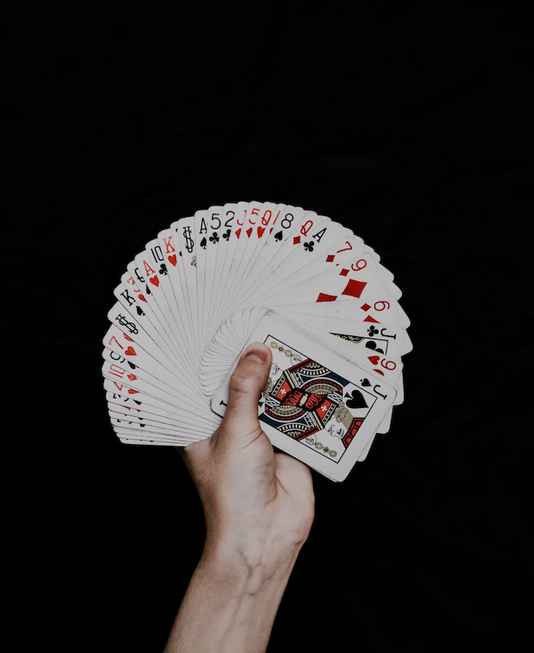
A hand consists of five cards, whereas four or fewer are needed for a player to win the pot. Poker hands are ranked by their strength from strongest to weakest. They include a combination of cards and rules to make up a hierarchy of poker hands. So, we made a poker hand list and their rankings:
Royal Flush – same suit cards in consecutive order (10♦, J♦, Q♦, K♦, A♦)
Straight Flush – any five cards in sequential order with the same suit (5♣, 6♣, 7♣, 8♣, 9♣)
Four of a Kind – four cards with the same face and different suit and one other card (A♥, A♠, A♦, A♣, J♦)
Full House – three cards from different suits with the same face and a pair (K♦, K♣, K♥, A♠, A♣)
Flush – any five cards from the same suit, not in consecutive order (A♠, 2♠, 5♠, 8♠, J♠)
Straight – five cards in sequence from different suits (2♦, 3♠, 4♥, 5♣, 6♠)
Three of a Kind – three cards with the same value and any two other cards (A♣, A♥, A♠, 6♦, 10♠)
Two pairs – two pairs and one additional card (9♣, 9♦, 5♣, 5♥, J♠)
One pair – one pair and three other cards (A♥, A♠, J♦, 8♣, 4♥)
High card – any card you have that ranks the highest and four other cards (A♥, 8♠, 6♦, 4♣, 3♠)
You have the poker hand list, but that’s not the end. There are, in total, 1,326 possible combinations for two-hole cards at least in Texas Hold ’em. As we already know, there are four suits, 13 pocket pairs, and 78 suit hands. So, you can get a pair of pocket aces as best, or the worst hand made up of 3 and 2.
That means you have to be able to recognize the strong and the weak starting hand. Why? Because it can save you time and money to play better hands and win. But, naturally, there are always exceptions. In poker, anything from where you are seated to the starting hand is essential, add psychological pressure during flop, turn, and river, betting with chips, and it gets a whole lot more exciting.
A Closer Look at the Story Behind Basic Poker Chip Value
You look at it as a token with a specific value. However, the journey of the poker chip began in late 1800 when it was standardized as a clay round poker chip. Since then, they have been widely adopted in North America. Especially in Las Vegas casinos.
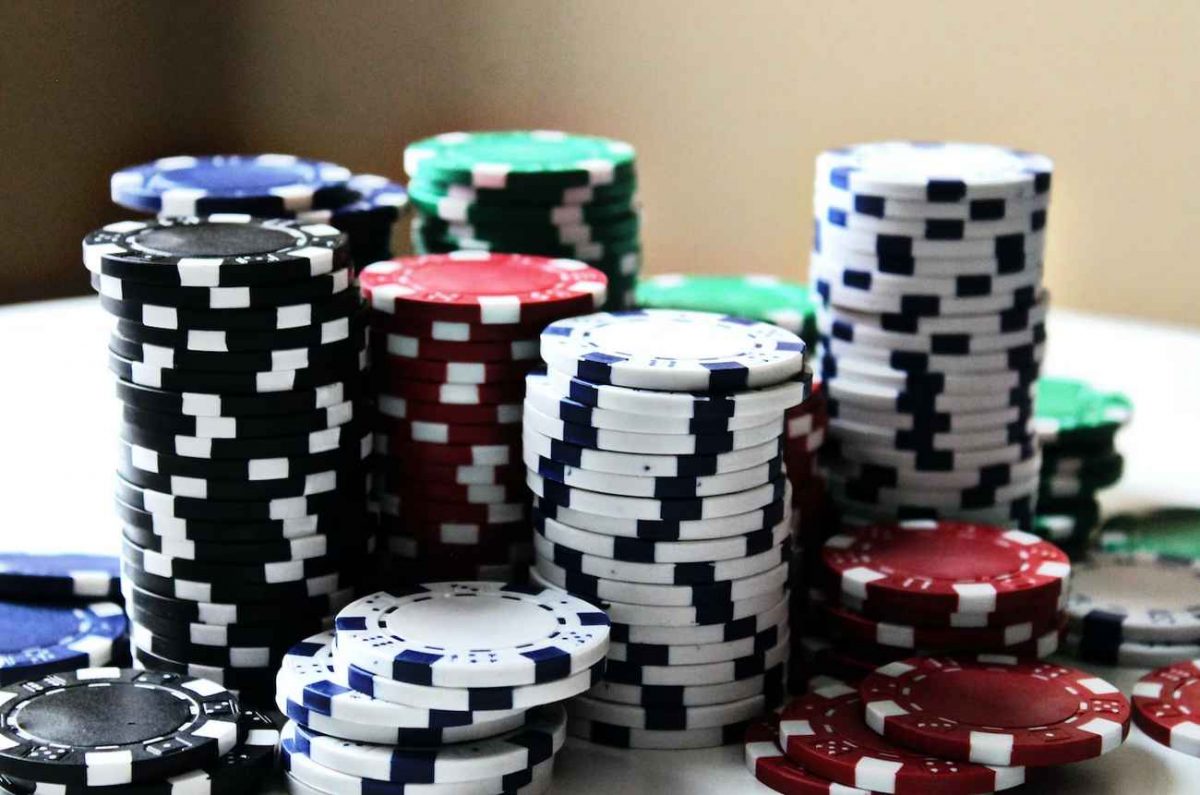
When you look at the casino’s chips, they are branded and multicolored, and they have a denomination in the center. But, outside of the casino, they only have colors which is why many poker beginners need clarification.
So, what does a poker chipset include? Most of the basic chipsets in cash games have certain values. Only occasionally will you find different colors for the higher denominations:
- White – $1
- Red – $5
- Orange – $10
- Yellow – $20
- Green – $25
- Black – $100
- Purple – $500
- Maroon – $1,000
However, in poker tournaments, this denomination is slightly different, and chips can be multicolored:
- White – $25
- Red – $50
- Orange – $100
- Yellow – $500
- Green – $1,000
- Black – $5,000
- Purple – $10,000
During the high-stakes games, it gets even higher, with chips value ranging from $5,000 to $100,000. Chips are used for convenience, representing the cash value, but they are all the same size with only colors to differentiate them. Casinos are using it to monitor the game and ensure there is no cheating involved during the poker game.
How to Play Poker – Basic Rules Beginners Need to Know
If you want to learn how to play poker, you must consider it a skill or hobby. Unless you try to improve it, you can end up with a depleted wallet. Although it’s essential to know all the rules of the poker game, sometimes it’s also important to improve it. There are thousands of little factors between knowing limitations and deciphering the subtle giveaways of your opponent’s hand.
Let’s start with rules and then move on to tips on how to improve your game over time. The first thing you need to know when playing poker is that many different types of poker games are available. The most common types are Texas Hold ’em, Omaha, 7-Card Stud, Five-card draw, and Short Deck.
You also need to understand that each game has its own set of rules and betting structure that are unique to that particular game type. That includes the number of cards dealt, the number of players, betting options, and a strict set of rules.
For the sake of this text, let’s examine the most commonly played game of poker: Texas Hold ’em.
How to Play Poker for Beginners – Texas Hold ’em
If you know the basic poker rules, then you are familiar with the fact that it revolves around the betting rules and rounds. However, most beginners need clarification about these rounds because it is centered around jargon or poker phrases directly related to poker hands. These are the reasons why poker may be unapproachable to some people. But, it’s not a nuclear science, you can learn how to play poker from the example:
Let’s start with the number of players. Texas Hold ’em can have anywhere between two and ten players. However, you see tables with six to nine players in poker tournaments, not including the dealer. The dealer is not playing but plays an essential part in a poker game. The dealers’ role is to oversee the game and ensure rounds run smoothly.
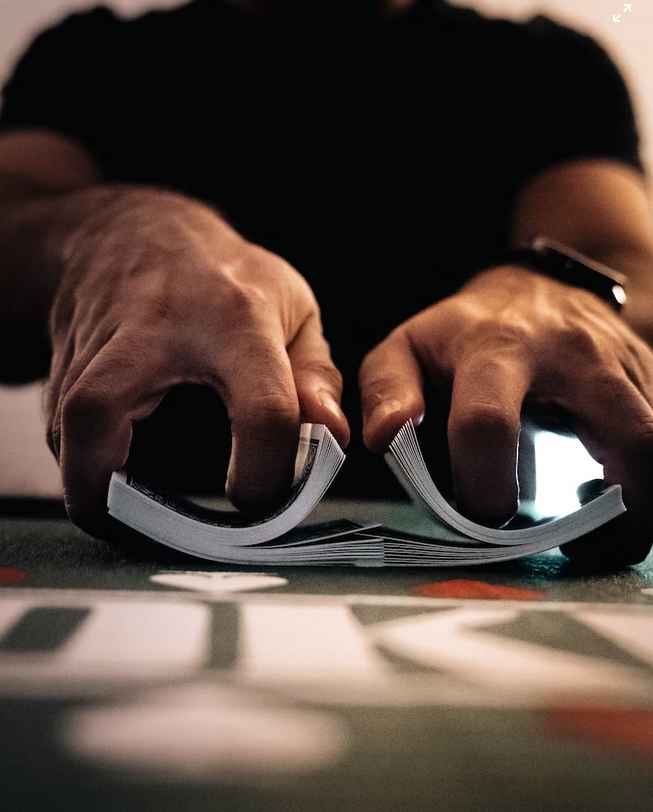
So, whether you play among friends or in a casino, there will always be a designated dealer. If you play poker at home, the dealer button should be passed on to another player in a clockwise direction at the beginning of each game. That means two persons sitting next to a dealer will be called small blind (left to a dealer) and big blind (sitting left of the small blind).
Why are they important? Because these are the people that start acting in a game of poker and end it. They must place a bet or chips at the pot (center of the table). The chance is determined by a table and poker tournament buy-in. For instance, the small blind might have to enter a $5 chip and the big blind a $10 chip.
After the bet is placed, the dealer will give two cards face down to each player in a clockwise direction. He first deals one card and returns to deal another. The reason why they are face down is that only a player that has those cards can look at them. They remain face-down till the end of the game.
This is often called the blind phase because you don’t know what will be community cards. The only certainty is the two cards in your hand. Since the first one to take any action is the player next to a big blind, they have a tough decision to make. First, they have to decide whether to:
Match the big blind – putting the same amount as the big blind on the table or community pot.
Check – meaning giving the person on their left a chance to decide the course of action, which means skipping on a bet for the time being. If the remaining players at the table choose to check, it’s the end of the round.
Raise the big blind – Raise the amount of many above the $10 the big blind just placed.
Put all-in – If the player decides to go for all-in, they are pushing all the chips they have at the center of the table. That adds tension to other players to either match this bet if they have more chips or push all chips at the center. This is often the case with high-stakes players, which we often see at the table. However, as a beginner player, you should only consider these options if there is a high price.
Fold their hand – If they decide on the fold, the player considers their cards weak. In other words, the player will push the cards at the center of the table, signaling the dealer that they wish to fold or surrender this hand.
The round of betting continues to a small blind, and now has to decide whether to match the big blind or raise the bet of other players if higher. The same rule applies to the big blind, the last to play in this betting round. However, if that player chooses to raise, another round of betting will go clockwise until the previous person takes action.
Once the betting round is complete, the next phase is called the flop. Before the dealer places three community cards facing up on the table, they burn one top card from the deck. It is a rule to ensure the randomness of the game. In other words, the flop is a communal pool of cards that any player can use to make up their hand.
The second round of betting starts in a clockwise direction from the dealer. That first player takes action, and if they decide to place the bet, the minimum required is the amount established for the big bling, in this case, $10.
Before the third phase, a dealer burns another card from the deck. The third round is called the turn, and the dealer places the fourth community card on the table. That means another round of betting or deciding on the action.
That leads to the fourth round of dealing and the last fifth card. But before that, the dealer burns yet another card from the top of the deck. The last card placed on the table is known as the river. After that, another round of betting and action takes place.
After the last bet comes the fifth and final round of the game, known as the showdown. This round starts with the player on the dealer’s left side, who turns their cards face up to reveal their hand. The last player can either show their hand or decide to fold without revealing it. The player with the highest revealed hand wins the game and the pot. That concludes the game, ending with the winner taking the pool. After that, the players can decide to play another game or leave.
Tip for Playing Your Poker Game
As they say, every skill needs practice; the more you play, the better you get. Prior knowledge comes from experience, and many beginners need to consider some of the game’s social and psychological parts. For instance, someone sitting next to you might be bluffing or reading your body language. One way or another, you will give subtle cues that can reveal your cards, even if it’s not a showdown.
So to make things easier, here is a list of tips to help you get better at poker.
- know the rules of the game
- you don’t have to play every hand
- remain calm while playing poker
- mind your table position
- play smart and think during each hand
- don’t avoid folding if it makes sense
- don’t reveal your cards at the showdown unless you are winning
- practice in online poker rooms
- bet only what you are prepared to lose
Test your poker knowledge and learn with the professional poker players at Coinpoker
Online Poker or Live Poker: What’s Your Choice?
Once someone mentions online poker, many people instantly think of poker with bots. However, that’s only sometimes the case. There are thousands of live poker rooms online, where apart from seeing your opponent’s face, you can play against real people. If you are wondering about the reasons why you should play poker in online poker rooms, here are some:
- Play against real people: Playing poker with others is much more fun. You can talk about the game with your opponents, which is much better than simply staring at a computer screen.
- Get lessons from better players: Playing poker online will allow you to observe from other people who are better than you. They might give some great moves and strategies for beginners!
- Play whenever and wherever: You can play at any time of day or night because there are no physical limitations on where or when you can play! Just log onto your computer and start playing.
- Win real money: Some people lose the importance of the game when playing with fake money. It gets much more exciting when you are betting your own money.
- Play with the best: There’s nothing more exciting than meeting someone playing poker. Online poker rooms are often a place for players who want some challenge.
Takeaway
Make sure you’re confident in what poker hand rankings are, how to play before you ever set foot at the tables. A little research and savvy can go a long way toward learning how to play poker.
One of the most important things to remember is that the poker game is designed for everyone to have fun. Therefore, you can enjoy what you are learning about the game and your hands, even if you are winning only occasionally. The goal is to have a good time and improve your skills as a player so that, eventually, you will have plenty of wins, even when playing for money.
In the end, this guide should help you focus your mind on the essential details of poker hands, chips, and rules before you even walk into your first poker game. And when you do, hopefully, it will be with a newfound confidence in your playing style.

